These Fungi Thrive in Chernobyl – And Maybe Soon On Mars
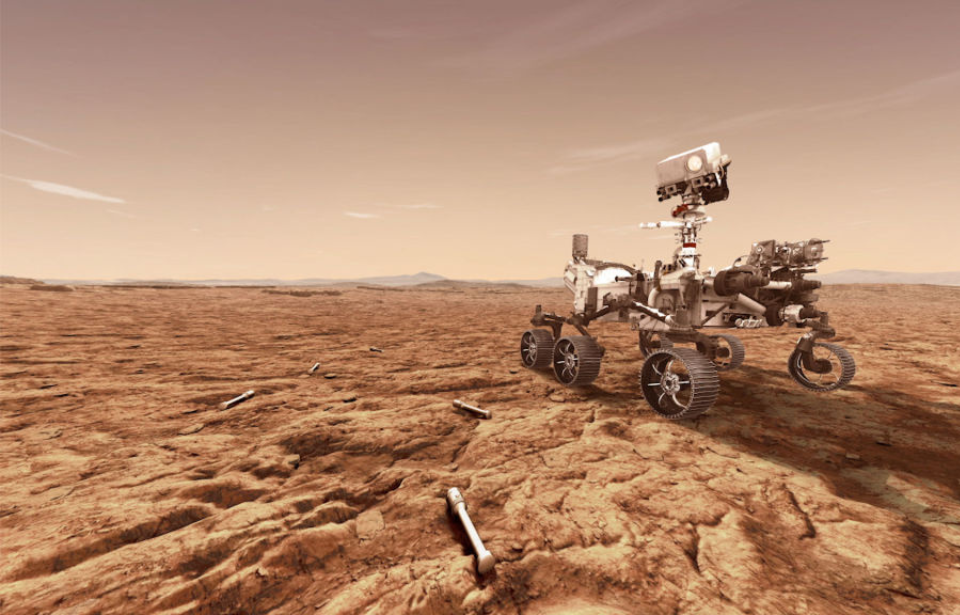
When the Chernobyl Nuclear Power Plant experienced its meltdown in 1986, airborne radioactive contaminants were released throughout Ukraine. People were evacuated as quickly as possible and the area abandoned. In 2019, however, the site became a popular tourist destination that people could visit, so long as they adhered to a strict set of guidelines.
These rules are designed to prevent radioactive contamination and include not touching any of the animals that still roam the area. They also advise against touching any of the highly-contaminated plant life, including radiotrophic fungus, which grows throughout the region and is not only contaminated, but actively thrives off of radioactive material.
Chernobyl Nuclear Power Plant
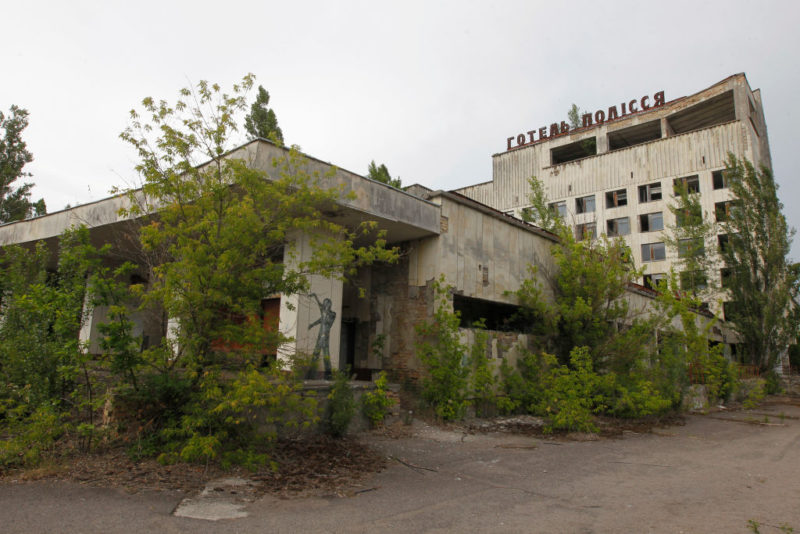
Radiotrophic fungi were first discovered in 1991 at Chernobyl. They were identified in the water used to cool the nuclear reactors when the plant was in operation. Their growth was so impressive that they were actually turning the water entirely black.
Prior to this discovery, there were many organisms known to grow in difficult environments, including ice or volcanic springs. Arturo Casadevall, a microbiologist with the Albert Einstein College of Medicine, and his team later connected the growth at Chernobyl with similar growth in active nuclear reactors, as their cooling water was also turned black by a similar fungi.
While they could have been the aforementioned extremophiles, Casadevall thought something else might be at play.
Eating radioactivity for breakfast
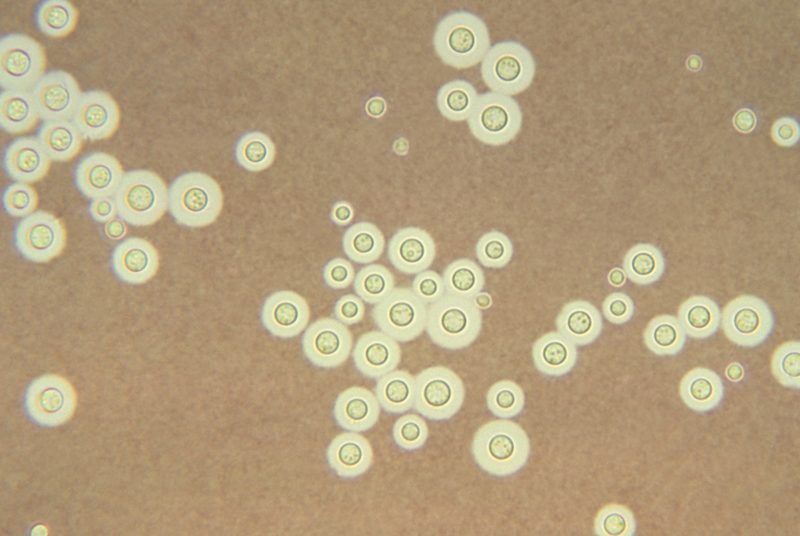
Casadevall wanted to run further tests on these organisms because “biology never wastes any energy source,” meaning the fungi might have grown because of the radiation.
The type at Chernobyl and in other nuclear reactors were high in melanin, known to have molecules with extremely reactive, unpaired electrons. Casadevall wondered whether this was allowing the fungi to turn radioactive energy into a type the cell could actually use. To test his theory, he ran a highly successful study, which proved these fungi indeed grew because of their exposure to radiation.
In his study, Casadevall exposed Cryptococcus neoformans cells with high levels of melanin, as well as those with lower levels, to radiation. Although he was able to show the fungus is able to obtain energy through a process known as radiosynthesis, scientists don’t completely understand how it works. They were, however, able to identify two other forms of fungi that act in the same way: Cladosporium sphaerospermum and Wangiella dermatitidis.
Radiotrophic fungus and the International Space Station (ISS)
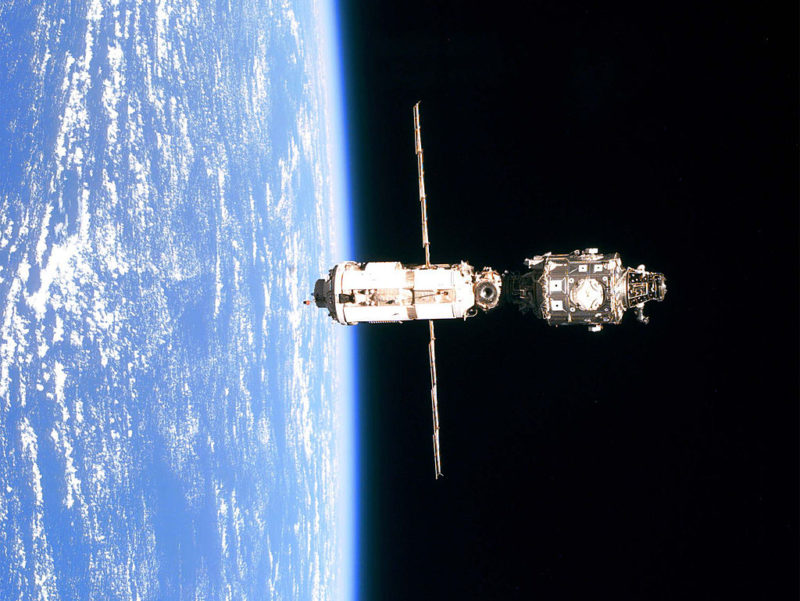
Aside from Casadevall’s scientific study, radiotrophic fungus may have an out of this world use – literally.
A study published in 2020 suggests the fungi could be used as a form of radiation shield for astronauts onboard the International Space Station (ISS), where research was conducted over a 30 day period in late 2018-early 2019.
Aside from the use of fungus as an effective form of radiation shield, it would be extremely useful for astronauts, as they could make new shields whenever they need, as the organism is self-replicating, making it easy to grow.
Preparations for Mars
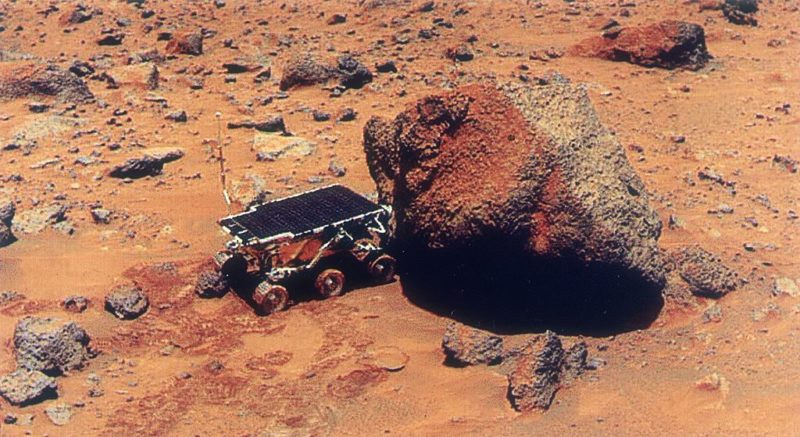
This research was part of a larger series of efforts to prepare for a possible trip to Mars, which would expose astronauts to further radiation. Mars, unlike Earth, doesn’t have a magnetic field to protect against radiation, so anyone serving as part of the mission would be exposed to the harsh environment.
Without a solution to this problem, it’s unlikely humans could complete successful missions in deep space.
More from us: Eight Incredible Underground Attractions Travelers Need to Visit
The study included one specific type of radiotrophic fungus, Cladosporium sphaerospermum, as a means of providing protection against this radiation. It was tested in an environment onboard the Space Station, which was designed to mimic that of Mars. The trials proved successful; not only could it be grown, but calculations estimate that 21 cm of fungus could cancel out the radioactive environment’s effects.
